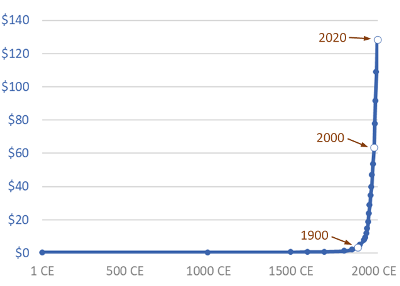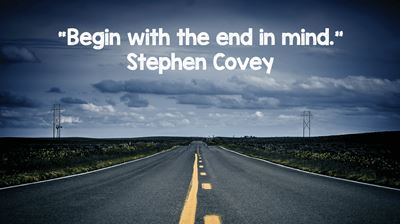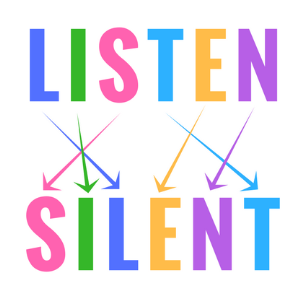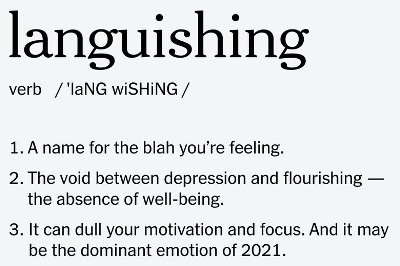This interesting article ‘Space Force scientist warns it’s ‘imperative’ the US military experiment with human augmentation and AI to stay ahead of Russia and China‘ expose how military competition leads into human augmentation. And what happens in the military will undoubtedly spread later in civilian usage.

“[this Space Force scientist] announced we are entering the age of ‘human augmentation,’ which is crucial to the US’s national defense in order to not ‘fall behind our strategic competitors.‘
It proposes in particular to use self-learning algorithms to develop innovative strategies (such as AlphaGo algorithm that has self-taucht how to play go). This would lead to a battlefield combining human and IA agents (including probably drones). Therefore, human agents will need to be augmented to be able to fully work together with AI and fully participate in the battlefield.
This development was expected but we can now anticipate that it may go faster due to increased competition in the arms race between nations.
The challenge I believe will be to effectively combine the virtual battlefield with the real battlefield conditions: in effect the twin battlefield will have to reflect actual conditions on the ground and this will certainly be a major challenge in the years to come.











